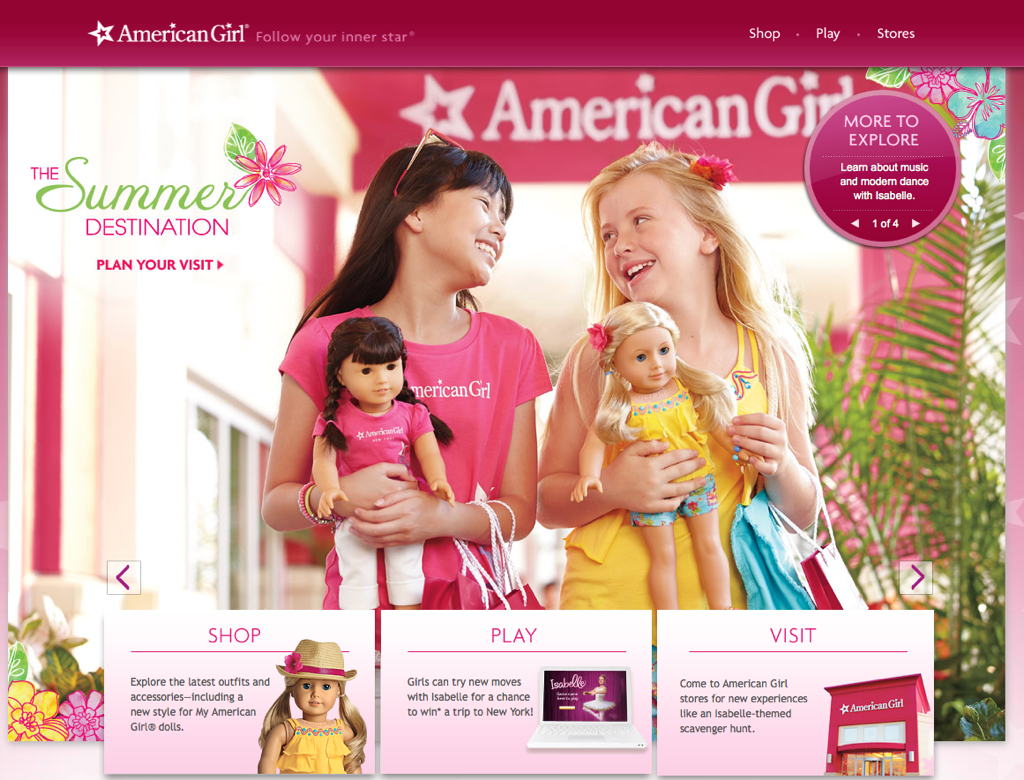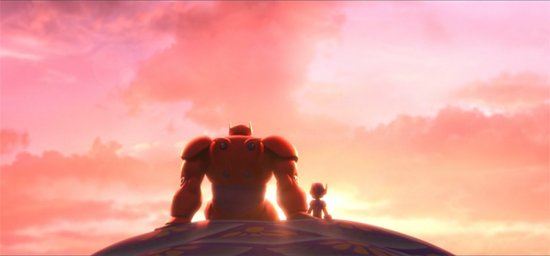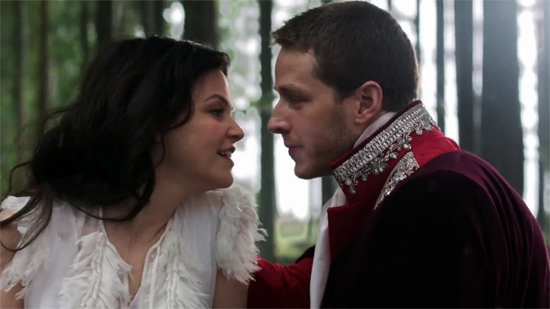Submitted by Deb Streusand on Thu, 04/02/2015 - 09:51
Submitted by Aubri Plourde on Wed, 04/01/2015 - 17:02
In an April 2013 opinion post for The Atlantic, feminist journalist Amy Schiller brought dolls to the forefront of girls’ feminist activism by announcing, “American Girls Aren’t Radical Anymore.” Citing Mattel Incorporated’s takeover in 1998 of Pleasant company, the American Girls’ original home, as a main source of the shift in the dolls’ political and socioeconomic messages, Schiller complains of the company’s shifting focus from the historical characters that were so familiar to many American girlhoods and toward “Girl of the Year” dolls and dolls designed to look especially like each customer.

Image Credit: American Girl
Submitted by Scott Garbacz on Sun, 03/29/2015 - 13:31
 Image screen-captured from Disney Movies Anywhere.
Image screen-captured from Disney Movies Anywhere.
Last week, I discussed the ways Guardians of the Galaxy mixes a more-or-less serious story of grief and community formation with a gleefully irresponsible sense of violence and adventure. While I emphasized the way these two themes contrast with each other, in reality they work together in the cause of big-screen popcorn entertainment. The story of Quill’s quest to acknowledge and accept the death of his mother provides a certain emotional grounding to the story’s rather silly violence, while the gleeful immaturity of the overall narrative lessens the sting of its brush with seriousness. This week, I want to turn to the kids’ movie version of Guardians of the Galaxy: Big Hero 6. Both share not only their Marvel-produced heritage, but also an odd interest in fatherlessness, the psychological roots of violence, and the process of grief. The most surprising element of Big Hero 6, however, is how much more seriously it takes these issues than Guardians of the Galaxy; its handling of grief, mourning, and violence indeed open up more general critiques both of the superhero genre and of the desires that make it popular. (Obviously, spoilers follow.)
Submitted by Deb Streusand on Thu, 03/26/2015 - 20:21
Submitted by Scott Garbacz on Tue, 03/24/2015 - 15:08
Submitted by Deb Streusand on Mon, 03/23/2015 - 19:31
Submitted by Scott Garbacz on Tue, 03/03/2015 - 17:43
Submitted by Deb Streusand on Mon, 03/02/2015 - 18:35
Submitted by Scott Garbacz on Tue, 02/24/2015 - 14:25
 Image screen captured from abc.go.com.
Image screen captured from abc.go.com.
Fantasy is in vogue these days; even sometimes finding its way to the fashion runway. Admittedly, its big-screen run is nearing the end. The decade-long Harry Potter series came to an end in 2011, while the latest Hobbit movie marks the end of Peter Jackson’s The Lord of the Rings decade (extended cut, 2001-2014). Yet while big-budget blockbusters has been taken over by superhero movies or science-fiction dystopias, 2011 saw the advent of two small-screen franchises: the HBO epic fantasy series Game of Thrones and the network hit that is currently Netflix’s second most popular show, the fairy-tale drama Once Upon a Time. Game of Thrones, of course, has been the subject of many academic discussions and controversies; here, it has already been covered excellently on this site from the perspective of visual narrative theory, internet-enabled reader-response “marginalia," and even the tradition of opening films and television episodes with horses, and has had an excellent write-up of the ways its fashion stages culturally situated arguments about gender. Expanding upon Deb's comment yesterday that costumes are always making an argument, I want to look at the way that Once Upon a Time uses costumes to navigate the tension between our sense of the vibrancy of our present day lives and our collective desires for the past, especially as filtered through the lens of childhood memories.
Read more about Fashioning Modernity in Once's Urban Fairy-Tale
Submitted by Aubri Plourde on Tue, 02/24/2015 - 11:38
For those of you who did not grow up with the unparalleled glory that is VeggieTales, I give you Bob the Tomato and Larry the Cucumber.
Pages